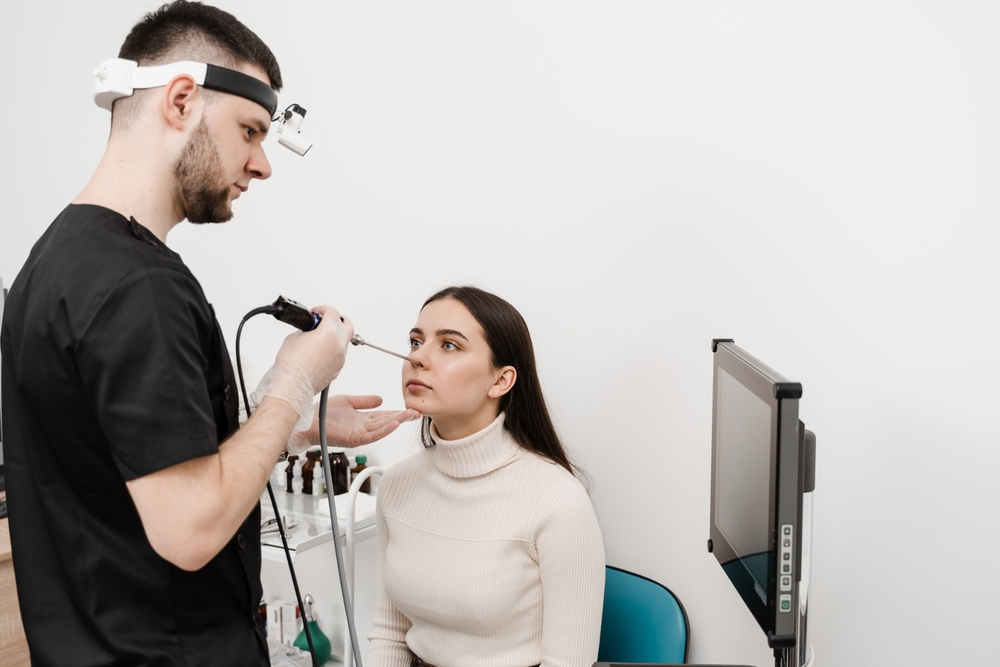Frequent sinus infections can be more than just a minor inconvenience—they can significantly impact your quality of life. Symptoms such as chronic nasal congestion, persistent facial and eye pain, thick discolored mucus, bad breath, and coughing are often indicative of chronic sinusitis. For those struggling with these persistent issues, an in-office balloon sinuplasty might be a recommended treatment option.
What is an in-office balloon sinuplasty?
In-office balloon sinuplasty is a minimally invasive procedure designed to address chronic sinusitis by alleviating sinus blockages. Unlike traditional sinus surgery, this technique does not involve incisions, removal of bone, or require general anesthesia. Instead, the procedure is performed under local anesthesia within the comfort of your doctor’s office, eliminating the need for hospital admission.
Pre-procedure preparation
To ensure a smooth and safe procedure, there are a few important steps to follow before your balloon sinuplasty:
- Medication management: Discontinue any medications that may increase the risk of bleeding. This includes non-steroidal anti-inflammatory drugs (NSAIDs) like aspirin, ibuprofen, and naproxen, as well as certain vitamins and herbal supplements. It’s crucial to consult your physician regarding any prescription blood thinners you are taking.
- Day of the procedure:
- Diet: You can eat a regular breakfast or lunch on the day of your procedure.
- Transportation: Arrange for someone to drive you home after the procedure, as you might still be under the effects of local anesthesia.
- Attire: Wear comfortable and warm clothing to ensure your comfort during the procedure.
- Time: Allocate about an hour and a half for your visit to the office.
During the procedure
The procedure begins with the administration of local anesthesia to numb the area. Your physician will then use a small endoscope equipped with a light and camera to visualize the sinus cavities. A flexible balloon catheter is then inserted into the sinus cavity and gradually inflated. This inflation gently widens the sinus passages, allowing for improved drainage.
To further enhance the results and minimize the risk of future infections, the sinuses are irrigated with a saline solution. This step helps clear out any remaining pus or mucus, facilitating better airflow and drainage.
Post-procedure recovery
One of the advantages of in-office balloon sinuplasty is the quick recovery time. Most patients are able to return to work and their regular activities within one to two days. Immediate relief from sinus pressure and discomfort is common.
During the recovery period, you might experience minor bleeding and discomfort. Your doctor will provide you with saline solution for rinsing your nasal passages, and antibiotics may be prescribed to prevent any potential infections.
Talk with an ENT specialist
For individuals struggling with chronic sinus issues, an in-office balloon sinuplasty can offer a significant improvement in symptoms and overall quality of life. If you’re considering this procedure, talk with an ENT specialist near you to determine if balloon sinuplasty is the right treatment option for your sinus condition.



